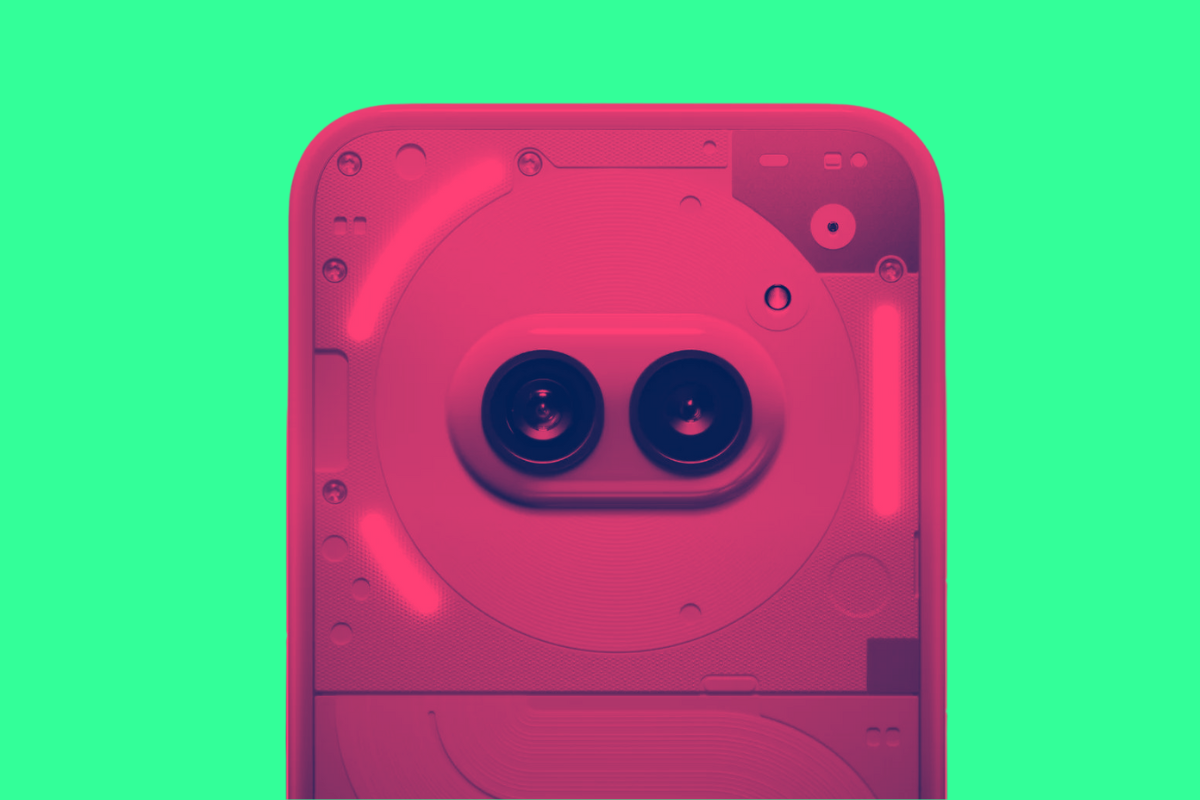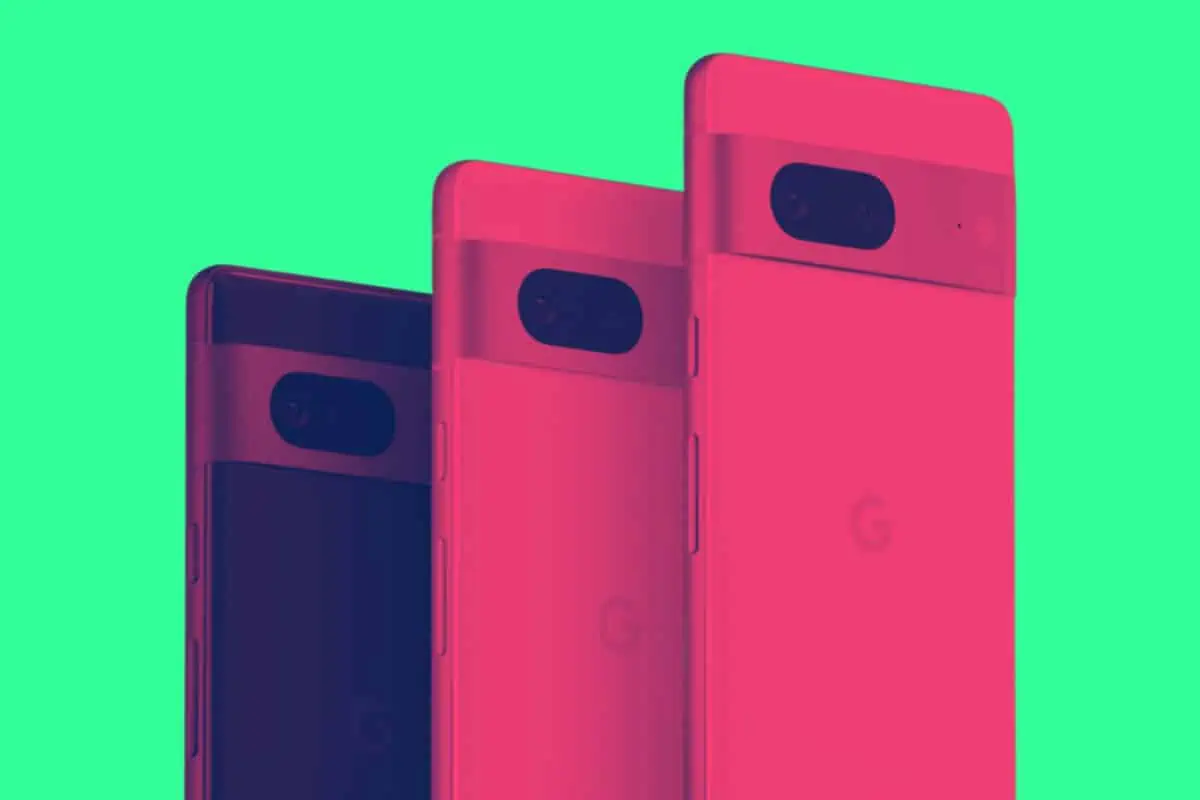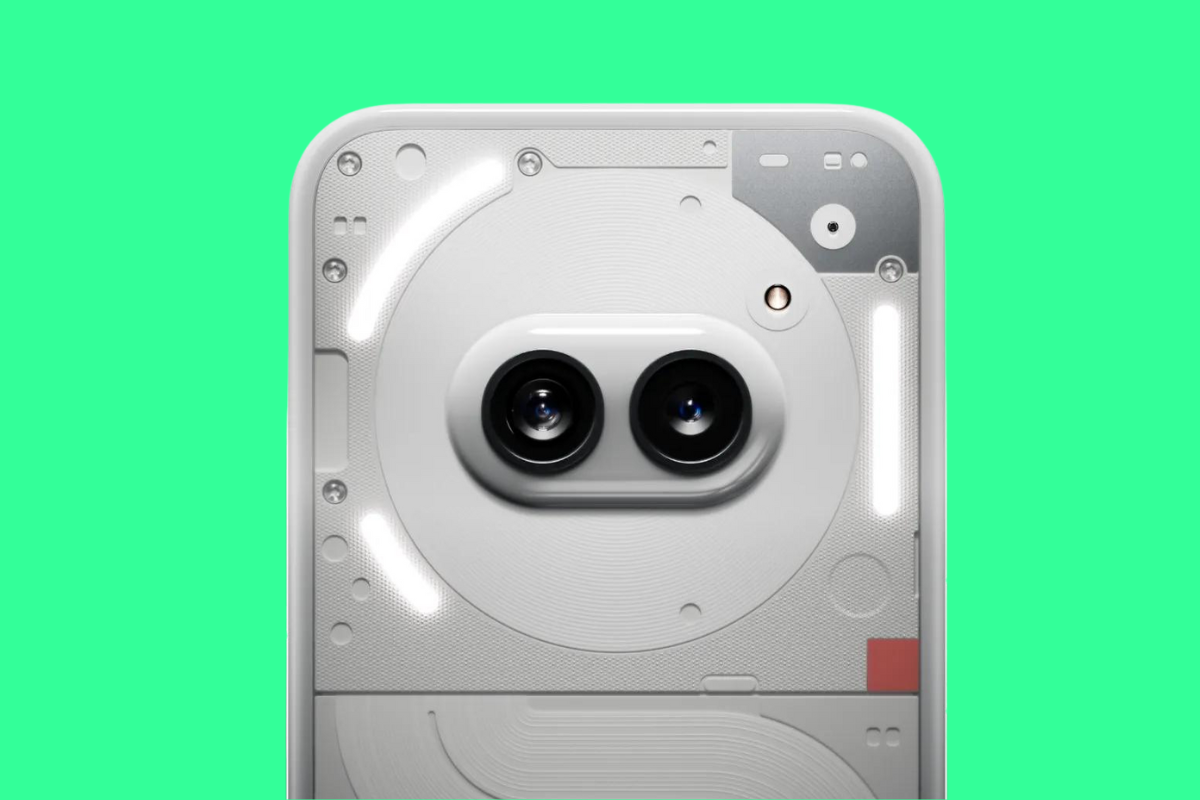What chipset does the Nothing Phone (2a) run? It ain’t Qualcomm’s Snapdragon. Here’s everything you need to know – and what to expect from this phone with regards to performance
What CPU Does The Nothing Phone (2a) Use?
The Nothing Phone (2a) runs MediaTek’s mid-range Dimensity 7200 Pro, offering a balance of performance, battery life and cost. On the plus side, it provides capable speeds for daily use, power efficiency from the 4nm process, and 5G connectivity at an affordable price point.
Pros:
- Good everyday performance for casual tasks
- More power efficient which can improve battery life
- Includes 5G connectivity
- Allows for a cheaper price point and greater affordability
Cons:
- Less powerful than flagship chips like Snapdragon 8 Gen 1 for intensive tasks
- Not ideal for mobile gaming or content creation
- Mid-range camera capabilities lacking advanced features
- Missing some latest tech advancements and capabilities
- Not suitable for power users who need top-tier performance
To make a phone cost effective, one of the first things you need to remove is a high-end processor. And that’s exactly what Nothing has done with its latest Nothing Phone (2a) release.
The next obvious question is does it matter? Does the CPU your phone runs make much of a difference? The short answer is, yes – it makes a hell of a difference.
Just look at the difference between Snapdragon and Exynos variants of Samsung’s Galaxy S phones. It’s night and day. And not in a good way for Samsung’s in-house Exynos builds.

Exynos variants have issues with overheating, patchy performance, and odd throttling, whereas Snapdragon versions run smoother, benchmark higher, and, generally speaking, have better overall performance and stability.
CPUs matter. There’s no way of getting around this. And this applies to mid-range phones as much as flagship phones and budget phones.
The Nothing Phone (2a) uses the MediaTek Dimensity 7200 Pro chipset, a cheaper, mid-range processor built on a 4nm fabrication process, so it is obviously inferior to Qualcomm’s latest Snapdragon 8 GEN 3 platform.
But just how inferior is it in practice? Let’s do a little deep-dive on the key differences between the MediaTek Dimensity 7200 and the Snapdragon 8 GEN 3 to find out.
MediaTek Dimensity 7200 vs Snapdragon 8 GEN 3

CPU Performance
The Snapdragon uses the latest Armv9 architecture with a prime core clocked up to 3.2GHz plus four performance and three efficiency cores. This translates to superior processing power for intensive applications.
The Dimensity also uses Armv9 but tops out at 2.8GHz on two high-performance Cortex-A715 cores plus six A510 cores, resulting in weaker multi-threaded performance.
GPU Performance
With an upgraded Adreno GPU, the Snapdragon promises up to 25% faster graphics rendering, which is critical for gaming. The Dimensity’s Mali-G610 MC4 GPU can handle casual games well but falls short for immersive 3D titles.
AI Processing
Qualcomm’s Hexagon processor delivers up to 98% faster AI performance with an advanced neural processing unit, outmatching the Dimensity’s APU.
This brings more responsive on-device AI experiences which you’re starting see more and more of on phones like Google’s Pixel 8 and Samsung’s Galaxy S24 series of phones. .
5G & Wi-Fi
Both chipsets integrate 5G modems with similar connectivity capabilities, though the Snapdragon edges out in peak speeds.
For Wi-Fi, the Snapdragon supports the latest Wi-Fi 7 standard while the Dimensity offers Wi-Fi 6E – both deliver excellent wireless speeds. But WiFi 7 is a more future-proofed standard with its own set of advantages.
Cameras
The Snapdragon’s Spectra ISP enables advanced features like 200MP photos, 8K video recording, and real-time HDR – basically, all the cool, high-end stuff you can do with flagship phones like the S24 Ultra.
The Dimensity also boasts robust camera capabilities including 4K HDR video, but it lags behind in areas like computational photography. And the reason? It’s used on phones that tend to be mid-range in their pricing, and these phones do not tend to have high-end photo/video capabilities.
Gaming Features
Qualcomm packs its Snapdragon Elite suite like ray tracing and upscaling to 1440p for immersive mobile gaming. The Dimensity lacks equivalents but still promises solid frame rates and smooth performance for more basic and less advanced gaming.
Real-World Usage – Time To Get Real
You can look at all the benchmarks you like, compare and contrast clock speeds, and run checks on things like computational AI performance. But for most people – like a solid 99.7% of users – literally none of this matters.
Does the phone run smooth? Do apps load quickly and not crash? Can I play games like Candy Crush on it? Is the camera good enough for Instagram and TikTok? These are the real-world uses of phones. Hardly anyone is using their phones in the manner phones companies like to pretend.
In this respect, the Nothing Phone 2a’s less than flagship CPU is not an issue. MediaTek chips have come on leaps and bounds in the past several years. Performance is markedly improved, stable, and reliable (unlike Samsung’s Exynos platform).
And this means, regardless of what you’ll read online or inside forums, the overall experience of using the phone will be fine, good even. And for the price – less than $400 – that’s all you need.
What Really Matters

When it comes to things that actually matter with new phones, there’s some pretty boring stuff that people tend to overlook. The first is what level of support will the phone get? Android fragmentation is still a thing, and most phones are not running the latest build of the OS.
With Nothing phones you get three years’ worth of Android support which, based on all the other brands in the market, is about average – it’s better than some, but worse than others. Google and Samsung are the best with 7 years of Android updates.
Given Nothing’s commitment to design and software, it talks about these things endlessly in its press releases, I’d actually like to see some improvements here: five years’ worth of support would be good. Nothing makes like three phones, so its support should – nay, needs – to be better.
As it stands, the jury’s still out on the 2a; no one has reviewed it yet and the specs, while pretty much confirmed, are still a little fuzzy. My hot take? It’ll be a solid mid-range Android phone with plenty of pizazz that’ll turn heads and make you feel like you’re getting more than you paid for.
The cynic in me, however, would probably just go with the Google Pixel 7a or wait for the Pixel 8a to land. For me, these are the best midrange phones on the market right now because they combine AI smarts, excellent cameras, great support, and solid battery life at a brilliant price point.
But if Nothing upped their support, giving users five or more years of Android updates? I think I could definitely be tempted over to using one of their phones.


